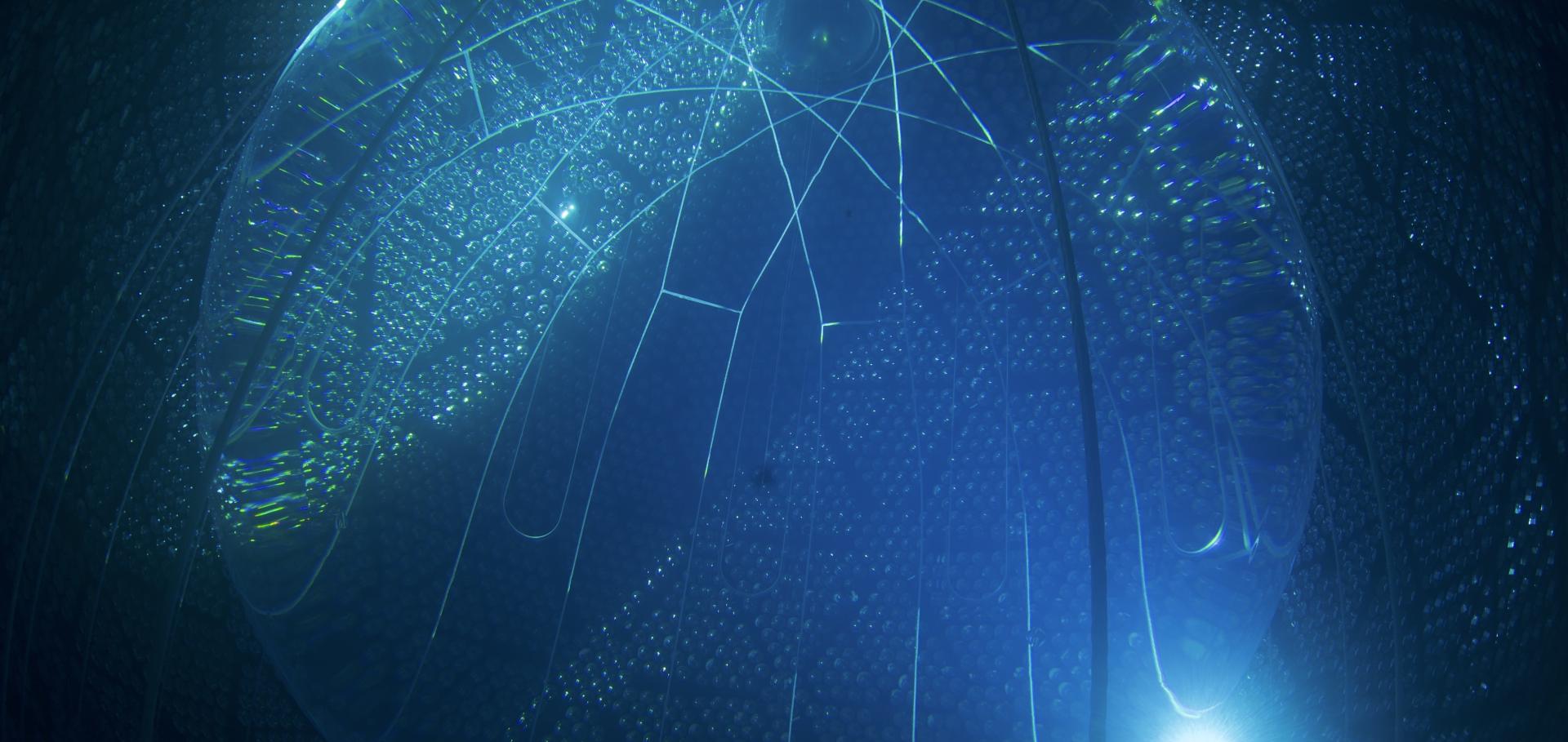Measurement of the B8 solar neutrino flux using the full SNO+ water phase dataset
Physical Review D American Physical Society (APS) 110:12 (2024) 122003
Data-driven core collapse supernova multilateration with first neutrino events
ArXiv 2410.11984 (2024)
The SNEWS 2.0 alert software for the coincident detection of neutrinos from core-collapse supernovae
Journal of Instrumentation IOP Publishing 19:10 (2024) P10017
Abstract:
The neutrino signal from the next galactic core-collapse supernova will provide an invaluable early warning of the explosion. By combining the burst trigger from several neutrino detectors, the location of the explosion can be triangulated minutes to hours before the optical emission becomes visible, while also reducing the rate of false-positive triggers. To enable multi-messenger follow-up of nearby supernovae, the SuperNova Early Warning System 2.0 (SNEWS 2.0) will produce a combined alert using a global network of neutrino detectors. This paper describes the trigger publishing and alert formation framework of the SNEWS 2.0 network. The framework is built on the HOPSKOTCH publish-subscribe system to easily incorporate new detectors into the network, and it implements a coincidence system to form alerts and estimate a false-positive rate for the combined triggers. The paper outlines the structure of the SNEWS 2.0 software and the initial testing of coincident signals.Red supergiant candidates for multimessenger monitoring of the next Galactic supernova
Monthly Notices of the Royal Astronomical Society Oxford University Press 529:4 (2024) 3630-3650
Abstract:
We compile a catalogue of 578 highly probable and 62 likely red supergiants (RSGs) of the Milky Way, which represents the largest list of Galactic RSG candidates designed for continuous follow-up efforts to date. We match distances measured by Gaia DR3, 2MASS photometry, and a 3D Galactic dust map to obtain luminous bright late-type stars. Determining the stars' bolometric luminosities and effective temperatures, we compare to Geneva stellar evolution tracks to determine likely RSG candidates, and quantify contamination using a catalogue of Galactic AGB in the same luminosity-temperature space. We add details for common or interesting characteristics of RSG, such as multistar system membership, variability, and classification as a runaway. As potential future core-collapse supernova progenitors, we study the ability of the catalogue to inform the Supernova Early Warning System (SNEWS) coincidence network made to automate pointing, and show that for 3D position estimates made possible by neutrinos, the number of progenitor candidates can be significantly reduced, improving our ability to observe the progenitor pre-explosion and the early phases of core-collapse supernovae.Evidence of antineutrinos from distant reactors using pure water at SNO
Physical Review Letters American Physical Society 130:9 (2023) 91801


